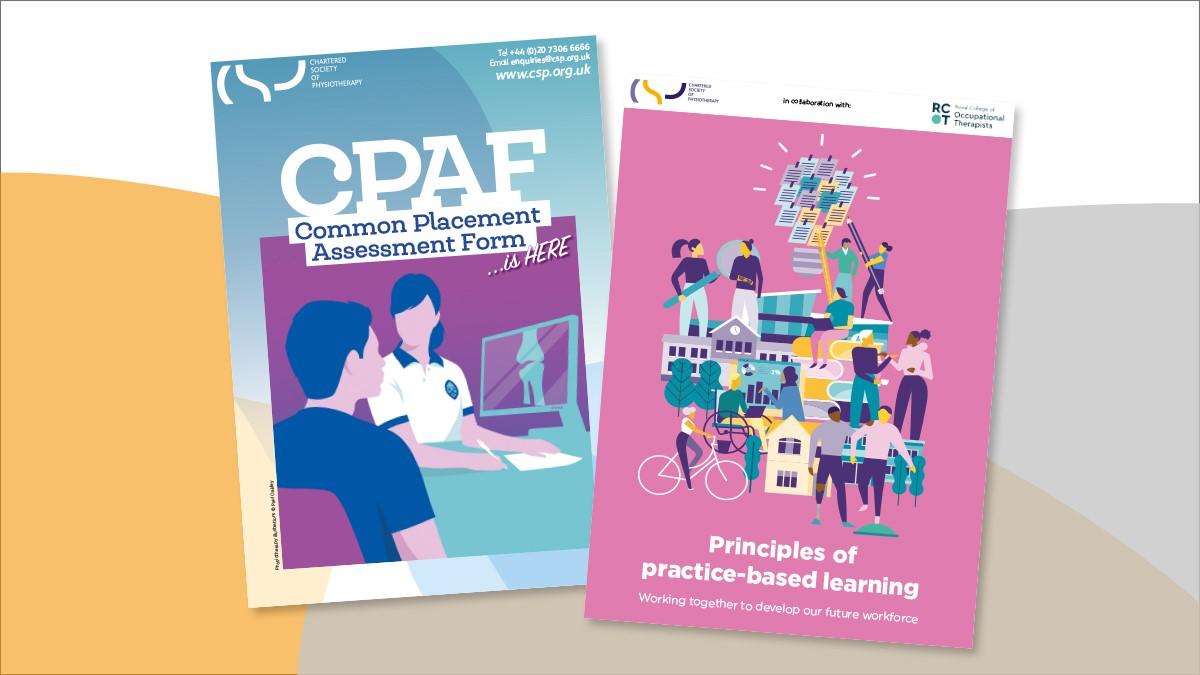As waiting times for rehab continued to grow, the CSP made the case for an increase in the physio workforce as a pathway to patient care

Growing supply
Workforce supply grew in 2022, with training places on pre-registration programmes expanding by nine per cent from academic year 2021/22 to 2022/23. This was mostly across higher education providers in England, and to a lesser extent in Wales and Scotland.
With supply growing – but still below the level required to address the backlog in treatment and a long-term increase in demand for rehabilitation – the CSP consistently pressed governments to create more NHS roles to meet this demand.
The CSP contributed to several inquiries by the Health and Social Care Committee (HSCC) in 2022, including one on recruitment, training and retention of health and social care staff; calling for an increase in physio numbers.
In June, CSP staff submitted a response and participated in a roundtable convened by the HSCC expert panel on workforce. This submission included a recommendation of targets for a minimum allied health professions (AHP) workforce for the next People
Plan for both the registered and non-registered workforce.
In autumn 2022, the UK government’s Plan for Patients included the £500m Adult Social Care Discharge Fund for increased physio staffing in community teams and to support rehab for patients at home.
Practice-based learning
The CSP worked with the Royal College of Occupational Therapists (RCOT) to develop the ‘principles of practice-based learning’, seven principles that offer an evidence-based direction to create quality placement opportunities for both physiotherapy and occupational therapy learners (students and apprentices).
Since their launch in October 2022, the principles have been well received by educators, university teams and learners and are acting as a catalyst for conversation and structured thinking.
Common Placement Assessment Form (CPAF)
Following the launch of CPAF in 2021, during 2022 the CSP drove a 98 per cent uptake of CPAF across UK universities, in line with the society’s original ambition.
All universities using CPAF reported applicability across all four pillars of practice.
This aims to open up more diversity in placement settings, better reflecting current health care provision and providing more opportunity to see physiotherapy through a range of different lenses.
Find Out More
Number of subscribers: 1
